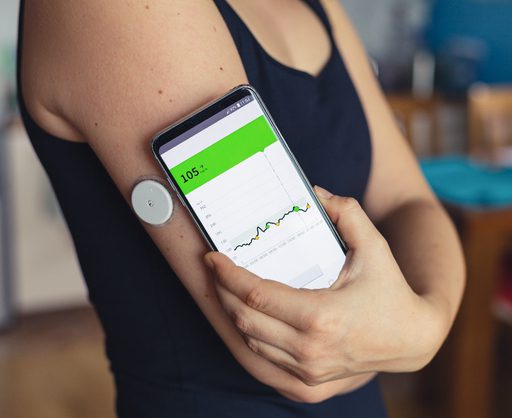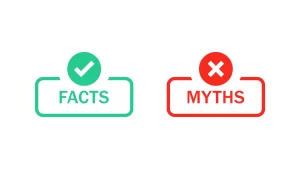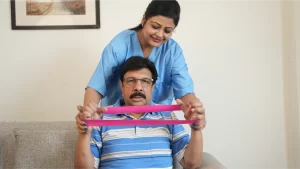Technology in Diabetes

Technological advancements in diabetes management have revolutionized the treatment and monitoring of the condition, offering improved flexibility in insulin delivery and the potential to enhance the quality of life for individuals with diabetes. For those with type 2 diabetes who require insulin, these technologies provide valuable tools to better manage their condition.
One essential device is the blood glucose meter, especially for individuals taking insulin. By measuring blood sugar levels multiple times a day, this meter helps determine the effectiveness of insulin dosing and enables adjustments if necessary. Some meters can even download results to a computer, facilitating monitoring and adjustments by healthcare providers.
Continuous blood glucose monitors offer a more automated approach. These devices utilize a tiny sensor placed under the skin to measure blood sugar levels throughout the day and night. The data is transmitted to a receiver or pump, allowing for a comprehensive overview and fine-tuning of treatment. Although particularly helpful for individuals with type 1 diabetes, the benefits for type 2 diabetes patients are less certain.
Stick-Free Glucose Testing, also known as continuous glucose monitoring (CGM), is an alternative to frequent finger pricks. CGM uses a small sensor inserted under the skin to measure blood sugar levels, wirelessly transmitting the results to a device like a pump or smartphone.
Insulin pens provide a convenient alternative to syringes. These pen-like devices come preloaded with insulin or use replaceable cartridges. Insulin units are programmed, and the needle is inserted into the skin to deliver insulin quickly and easily.
Insulin pumps are suitable for individuals requiring multiple insulin doses throughout the day. These pocket-sized devices deliver insulin through a thin tube and needle inserted under the skin. The pump can provide both basal insulin throughout the day and bolus doses as needed.
Jet injectors offer a needle-free option for insulin delivery, using high-pressured air to administer insulin through the skin. However, these devices can be more expensive and complex to use compared to syringes or pens.
It is important to discuss these various options with healthcare providers and diabetes educators to understand the advantages and disadvantages of each device. Having realistic expectations and being motivated to learn and adapt to the chosen technology is key to successful diabetes management. Ultimately, these advancements in diabetes technology aim to improve flexibility, glucose control, and overall quality of life for individuals living with diabetes.18,19



